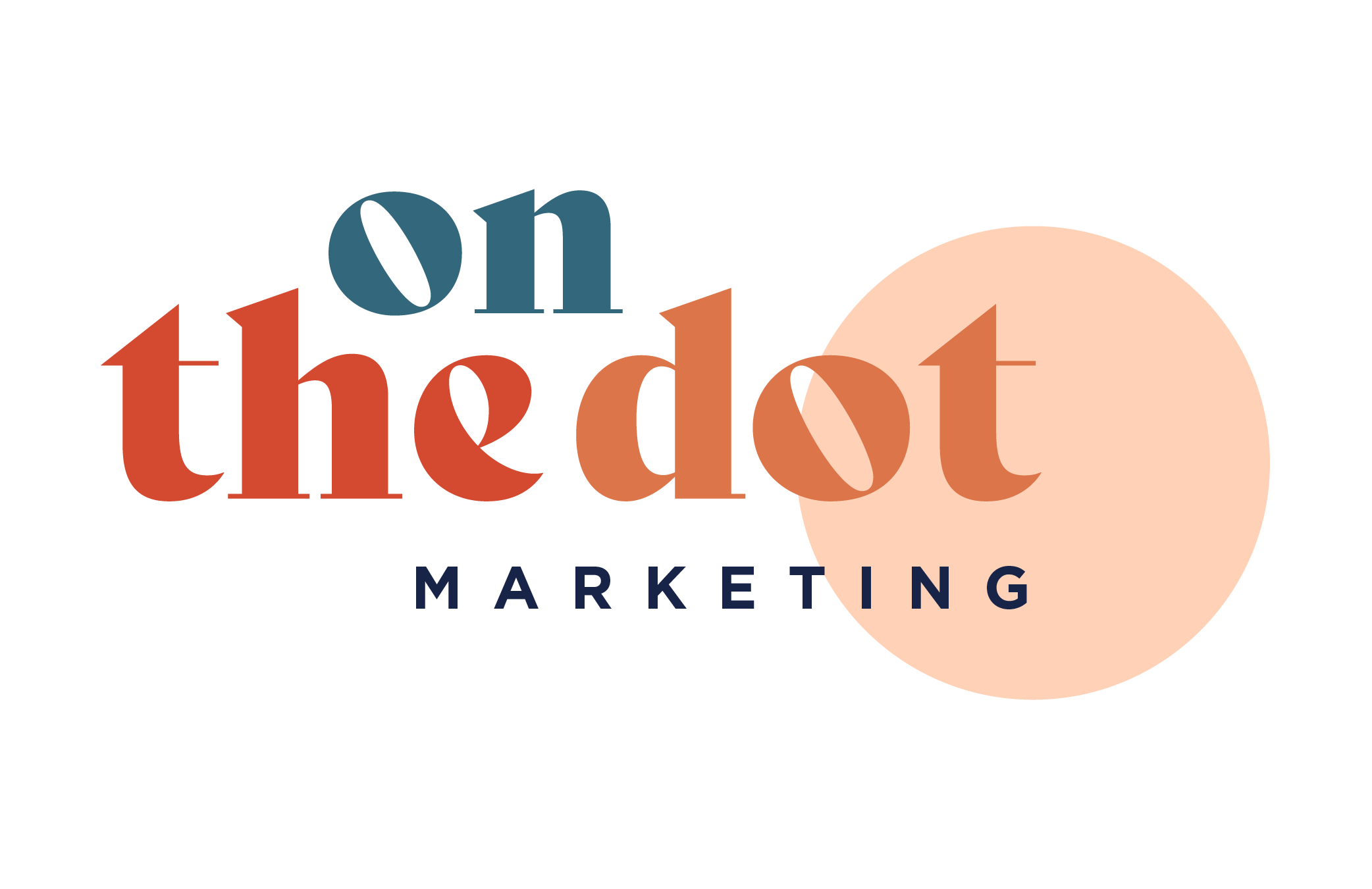What is a marketing strategy & why do you need one?
A strategy is a long-term, overarching plan of action to reach your business objectives and goals. In the case of marketing, this is no different and is crucial to the success of new businesses. It prevents you from rushing into marketing tactics without considered thought and ensures all action you take is aligned to your target market, meeting their needs effectively.
5 key components that a marketing strategy is based on are:
- Your offering
- Who will you be offering it to (your target market)
- How you will deliver the offering
- Who your competitors are
- Your value proposition (how your business is different from every other company that says they do the same thing. It tells people why they should do business with you over the competition.)
Considering the above in detail creates a long-term approach that is more sustainable, allows you to keep reviewing and improving, and keep on top of changing customer behaviours to keep them attracted and loyal to you.
For instance, your new business could be offering the best possible product at the most competitive pricing on the market but if the communication relating to the existence of your business is not relevant to your target market, no one will be aware of it, which = a lack of sales.
So, to avoid this apocalyptic scenario, let’s start with some basic tips to create successful marketing strategies for a new business.
How can you build & monitor the success of a marketing strategy?
This question is a little bit of a tough one, but thankfully there are tools, models and frameworks that exist to help. One of the most influential ones is the SOSTAC cyclical framework*. Now, as much as we love acronyms in marketing, what does this gibberish actually stand for?
- Situation Analysis
- Objectives
- Strategy
- Tactics
- Actions
- Control
Situation Analysis
This aims to answer the question of “where are we now?”. By analysing the state of the market and your business’ position within it, coupled with your strengths, weaknesses and customer base, you allow for an overview of the current situation to be created and objectives to be drawn.
Objectives
By devising objectives based on the current situation of the business within the market, you allow for a roadmap to be drawn to where you wish your business to end up. However, at this point, all you have is a starting point and an end. So how do you get from point A to B?
Strategy
The above can be achieved through the rest of the framework but probably the most important element of it being the strategy. Having an overarching strategy to reach the set-out objectives creates a broad roadmap of the direction your business will have to follow. Remember the 5 key elements I mentioned in the introduction!
Tactics
A broad view of how you will get from A to B doesn’t get you there in practice. This is where the tactics come into play. If the strategy is the overarching roadmap, then think of the tactics as the detailed twists and turns you will have to take along the way to follow the road laid out from your strategy. In other words, the tactics element refers to the tools you will use to follow your strategy such as your marketing mix full of creative marketing campaign ideas and the communication channels you will be using to exercise them.
To help you get started, here are some key digital marketing channels which can be used:
Email newsletters – allows for continuous awareness to be brought to customers and constant relevance if done regularly. You can also personalise your emails and add in offers or exclusive perks to build customer loyalty.
Blogs – create an insight into your business’ competencies, services, and/or products which is directly relevant to your targeted audience. If Search Engine Optimisations (SEO) is implemented correctly and regularly reviewed to spot new search trends within the market, you can also improve your Google ranking. A blog can be hosted on your own website or you could contribute to a 3rd party website relevant to your target audience to showcase your business’ expertise in its field and potentially drive new customer acquisitions.
Webinars – as mentioned above, showcasing your business expertise in its field is a great way to engage customers and one way to do that is to explain how you tackle issues having arisen within your market or how your business positively differs from its competition.
Social media – in this day and age, everyone from Boomers to Gen Z is on social media. Communicate with an existing audience and potential new customers through building awareness.
Actions
The actions element simply relates to who does what and when they should do it. Here, you establish responsibilities, structures and timelines to reach your objectives. You can divide tasks in relation to your team’s specialisms. Referring back to the roadmap analogy, who is your driver, co-pilot, mechanic, and of course, designated DJ?
Control
The last element of the framework is control. As its name states, it’s all about monitoring how well the strategy is performing. But how do you monitor something inherently intangible? KPIs (Key Performance Indicators), customer satisfaction surveys, and web analytics are a great place to start as they turn tonnes of raw data into understandable and clear indicators of success.
I mentioned earlier that this framework was cyclical, and for good reason. Once the control phase has been reviewed and monitored, it’s time to review the situation once again and assess whether some of the established variables have shifted or not. If they have, the strategy has to be adapted by going through the cycle once again. Again, it all comes down to the long-term focus of a marketing strategy and its ever-evolving nature.
Why focus on the long-term in your marketing strategy?
Objectives should be adapted and reviewed periodically as the world of marketing moves fast. In essence, even if you were to devise the perfect marketing strategy today, there is no guarantee that it would be successful tomorrow. Short-term wins are not enough to sustain long-term goals. This is why another crucial point of marketing strategies is their long-term focus. Even, and especially, the best b2b tech marketing organisations all operate on a long-term basis, despite their focus on innovation.
You’ve probably heard the phrase that acquiring new customers is 5 times more costly than retaining existing ones. As much as this sentence has become a trope in the world of marketing, it still remains true to this day. Like any human being, customers’ attitudes and behaviours evolve over time so why should your marketing strategy remain unchanged? If the strategy does not evolve with the changes in your consumers’ wants, needs, attitudes and behaviours, their loyalty to your business might waiver due to their evolved requirements being unmet. At the risk of sounding repetitive, this must be emphasised and become a sort of mantra: existing loyal customers are far more financially valuable than potential new customers.
From this perspective, it’s important to thoroughly consider the customer journey. This potentially non-linear journey is often made out of 5 phases: awareness, acquisition, engagement, activation, and retention.
While each of these phases plays an important role in acquiring and retaining new customers, arguably the most important phase is the engagement phase. The reason for this is simple: if the newly acquired customer doesn’t feel like there is a relationship and an exchange of benefits between the organisation and themselves, they are less likely to be loyal.
You might think that once the retention stage is achieved there’s no more work to be done, they would be wrong. The reason for this is simple: even retained customers have to be continually engaged.
In summary, what should you remember from all of this?
Devising appropriate marketing strategies for a new business can be a tough nut to crack but following the SOSTAC framework breaks the process into achievable steps.
Strategies require lots of planning and back and forth in terms of ideas, market fluctuations, consumer behaviours, and trends. They are, however, at the core of the world of marketing, simply because marketing is about observation, analysis, and needs fulfillment. Working out how to reach and engage the customers in your target market is arguably what separates a successful new business from a one-hit wonder.





